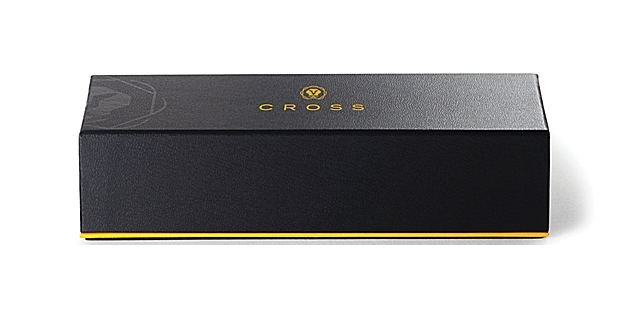Many residents of our country mistakenly believe that absolutely any pencils from the nearest supermarket are suitable for drawing. This approach cannot be called correct - the quality of work sometimes depends no less on the competent choice of pencils than on the diligence of the master or his talent. In this article, we will tell you about what to look for when buying pencils.

Content
- Is the brand important?
- About the hardness scale
- The main nuances of choosing pencils
Is the brand important?
The fact that the brand does not matter can often be heard from those who have never used a truly high-quality pencil. There are only a few brands in the world that produce professional pencils. The most famous of these are Koh-I-Noor and Cross. Mechanical pencils crosshowever, they are not only suitable for drawing - they are also used for writing and sketching.

If you want to buy quality pencils for your children, you should pay attention to products from brands like Crayola, which specialize in baby products creativity.
About the hardness scale
The hardness scale is of paramount importance to the graphic artist. There is a global standard according to which all pencils on the market are marked in the range from 9H to 9V. The letter "H" is used to designate hard pencils, while "B" is used to mark soft ones. The middle position is occupied by pencils designated as "HB" - they are universal.

The thickness and color saturation of the strokes directly depends on the hardness. So, for example, a pencil marked 8H will leave thin light lines, and its "antipode" marked 8B will leave bold, very dark strokes.

The main nuances of choosing pencils
When buying pencils, pay attention to their type - in addition to ordinary pencils with a graphite core, there are also coal (for shading), watercolors (for painting), as well as graphite pencils. In addition, when choosing, you should pay attention to the following nuances:
- Appointment. The choice should be based on how you intend to use the pencils. Mechanical models or pencils are best for writing or sketching, while watercolor or charcoal is best for artistic drawing.
- Lead thickness. The thicker the lead, the less likely it will break, but remember that an overly thick lead will leave lines that are too thick on the paper. In addition, it needs to be sharpened more often.
- Sharpening. Of course, the artist always sharpens his pencils himself, but the "factory" sharpening should also be present - it is worth visually assessing its quality before buying.
- Strength. A high-quality product should not break in half from the slightest pressure with your fingers - try slightly bend one of the pencils in the package in order to make sure that you have the correct product quality.
Also, pay attention to whether the packaging of the pencils contains instructions on the compliance of this product with one or another quality standard. The presence of such markings is a big "plus".



